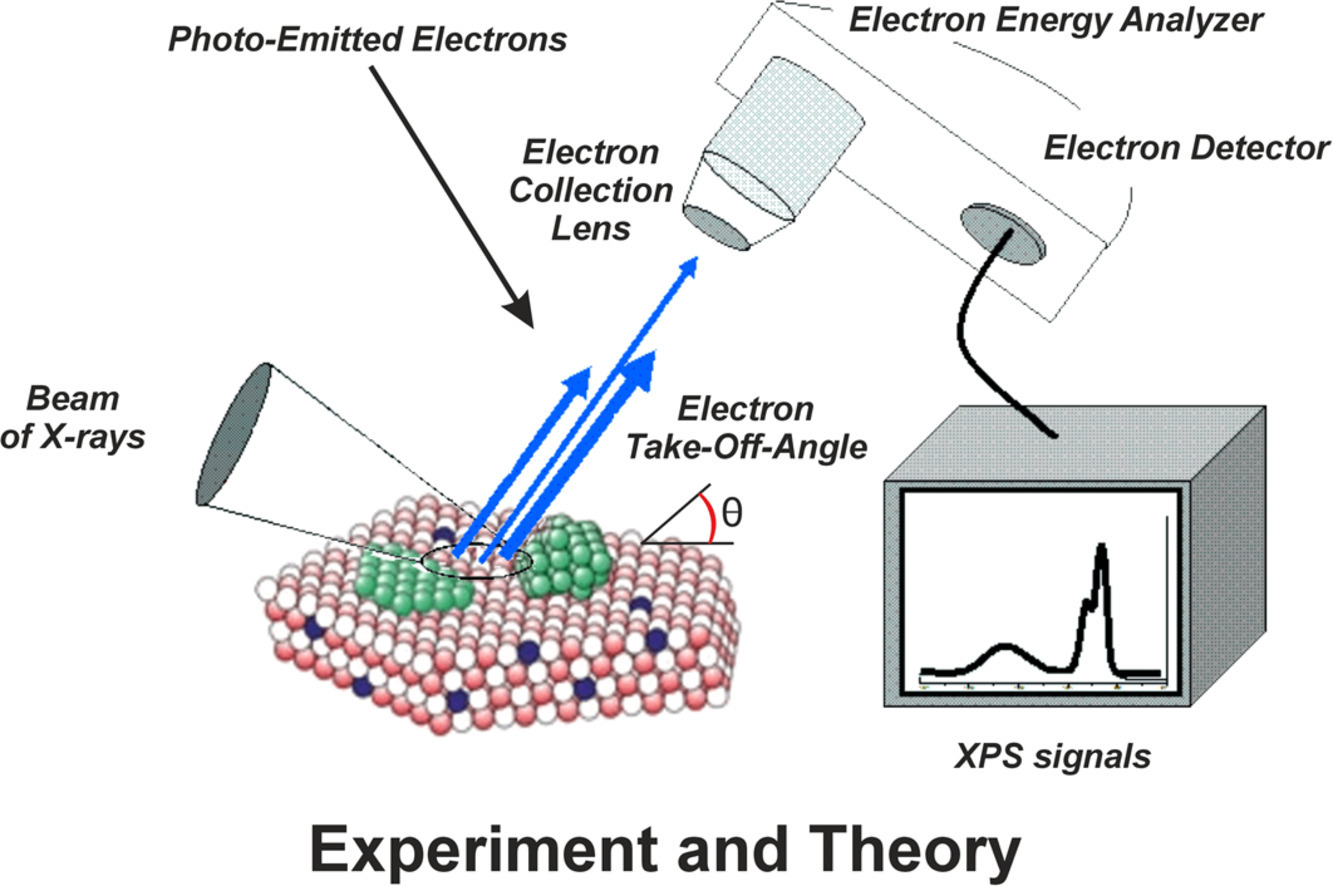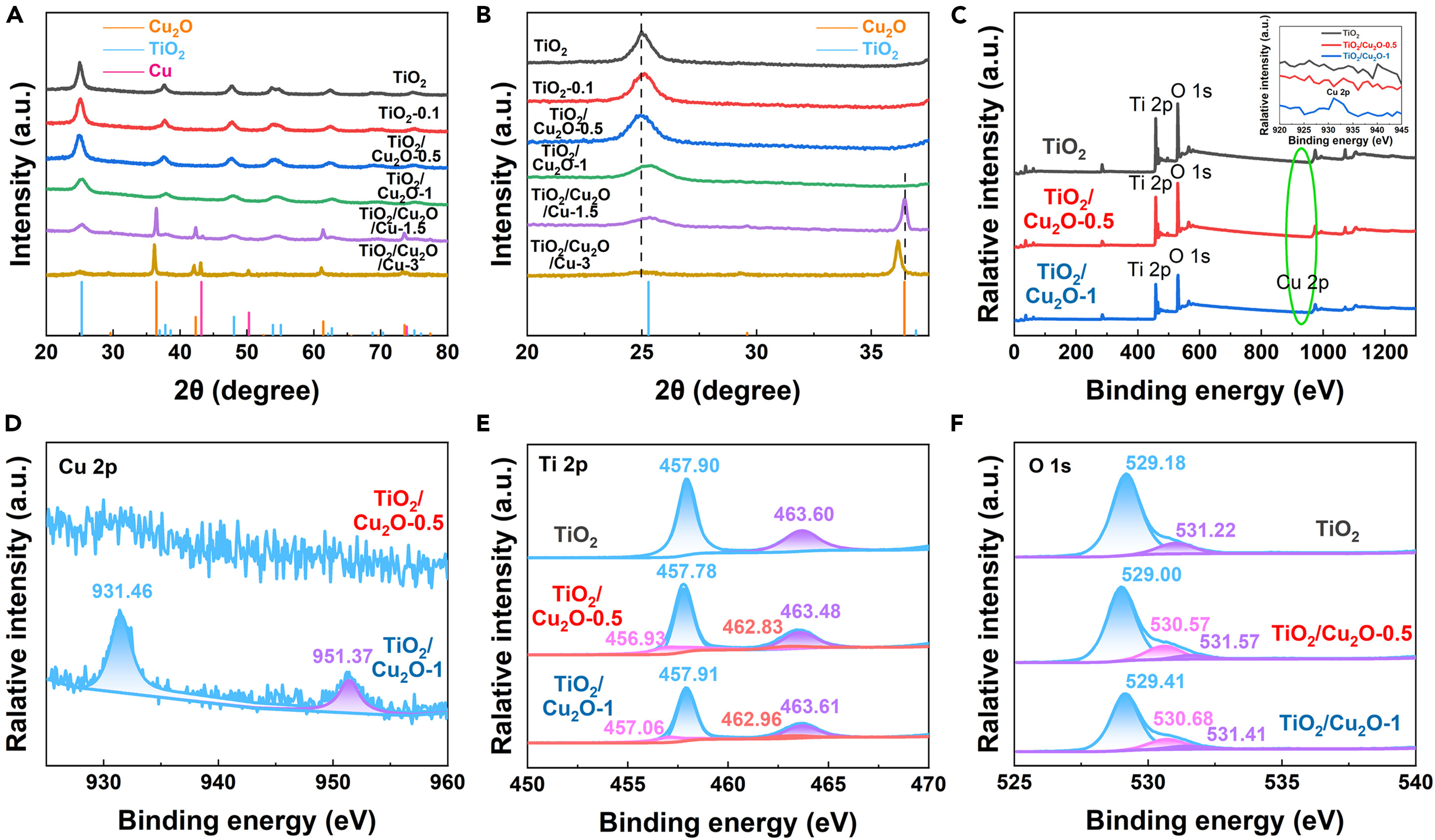X-ray Photoelectron Spectroscopy (XPS) Testing Service
X-ray Photoelectron Spectroscopy (XPS) Testing Service is designed to provide systematic surface chemical composition analysis for academic researchers and industrial clients, supporting the advancement of projects such as functional material development, surface modification verification, and biomedical interface studies.
Surfaces and interfaces play a critical role in determining performance across systems such as heterogeneous catalysis, functional materials, biocompatible coatings, and nanomaterials. However, most conventional analytical techniques are limited in their ability to collect nanoscale surface chemical information. As a high-resolution and non-destructive surface analysis tool, XPS has become an essential method for material characterization due to its excellent quantitative capabilities and chemical state resolution.
XPS is a surface analysis technique based on the photoelectric effect, used for qualitative and quantitative study of elemental composition, chemical states, and electronic structures in the top surface layers (typically within a depth of 1–10 nm) of materials. XPS is capable of detecting all elements except hydrogen and helium, and plays an irreplaceable role in the study of interfacial materials, biomaterials, nanomaterials, and functional coatings.
Leveraging a high-resolution XPS platform, MtoZ Biolabs offers X-ray Photoelectron Spectroscopy (XPS) Testing Service to accurately, stably and highly repeatably characterize materials, and can provide end-to-end support from sample preparation and data acquisition to spectral interpretation. Our service assist scientific research and product development across fields such as biomedicine, advanced materials, energy chemistry, and precision manufacturing. Tailored analysis solutions are available to ensure that testing results are scientifically valid and reliable.
Technical Principles

Bagus P S. et al. Surface Science. 2024.
XPS is based on the photoelectric effect: when a monochromatic X-ray beam irradiates the surface of a sample, core-level electrons within the atoms absorb the photon energy and are ejected as photoelectrons. By analyzing the kinetic energy and quantity of these photoelectrons, the binding energies can be calculated, providing information on the elemental composition and chemical states present.
Variations in binding energy reflect the chemical environment of an element, such as its oxidation state, type of covalent bonding, or hybridization state. With precise peak fitting and background subtraction algorithms, XPS can distinguish between different chemical states of the same element (e.g., Fe²⁺/Fe³⁺, N–C=O/N–H).
Analysis Workflow
X-ray Photoelectron Spectroscopy (XPS) Testing Service at MtoZ Biolabs follows a rigorous workflow to ensure data accuracy and sample integrity:
1. Sample Pre-treatment
Depending on the sample type (films, powders, or bulk), appropriate pre-treatment is performed, such as vacuum drying, cryogenic freezing, or rinsing with deionized water, to remove surface contaminants.
2. Vacuum System Adjustment and Sample Loading
Samples are loaded into an ultra-high vacuum (UHV) chamber (<10⁻⁹ mbar) to ensure a clean measurement environment free from stray electron interference.
3. X-ray Excitation and Photoelectron Acquisition
Monochromatic X-rays are used to excite the sample surface. Ejected photoelectrons are collected by the spectrometer to record energy distributions, including both survey and high-resolution (narrow scan) spectra.
4. Data Processing and Spectral Fitting
Advanced analytical software is used for background subtraction, peak fitting, binding energy calibration, elemental quantification, and chemical state analysis.
5. Results Reporting
A comprehensive analysis report is provided, including elemental distribution maps, oxidation state diagrams, binding energy tables, quantitative ratios, interpretation, and expert recommendations.
Applications
X-ray Photoelectron Spectroscopy (XPS) Testing is widely applicable in various research and industrial domains. Typical use cases include:
Biomaterials Characterization: Determining surface elemental composition and functional group modifications (e.g., PEGylation, carboxylation, amination) on biocompatible materials.
Nanomaterials Research: Confirming surface valence states, coatings, and impurity distributions in metal/oxide nanoparticles and quantum dots.
Interface Reaction Mechanism Analysis: Investigating electronic structure changes in multilayer coatings, electrode–electrolyte interfaces, and catalytic active sites.
Drug Carrier System Evaluation: Characterizing surface-active functional groups and impurity sources in liposomes, polymeric nanoparticles, and MOF-based delivery systems.
FAQ
Q. Is XPS a Destructive Technique?
Standard XPS is non-destructive and does not physically alter the sample surface. However, depth profiling by ion sputtering may affect the sample structure and should be used cautiously depending on experimental objectives.
Q. How should Powder Samples be Prepared for XPS?
Powdered samples should be pelletized or affixed using conductive carbon tape to prevent particle dispersion during vacuum evacuation and ensure signal stability.
Q. How can I Determine Whether Surface Functionalization was Successful?
By analyzing the chemical shifts of key elements in high-resolution spectra, the type and relative abundance of surface functional groups can be identified, providing insight into modification efficiency.
Case Study
In this study, XPS was used to analyze the surface chemical states of a Cu₂O/TiO₂ heterojunction material, focusing on Ti 2p and O 1s spectra. The XPS results showed a slight chemical shift in Ti⁴⁺ signals from TiO₂ and a pronounced low binding energy peak (~531.2 eV) in the O 1s region, corresponding to surface hydroxyl groups and oxygen vacancies. These findings confirmed that the composite formation introduced a higher density of oxygen vacancies, which are believed to enhance charge carrier separation and active site density—ultimately improving the photocatalytic performance of the Cu₂O/TiO₂ heterostructure.

Qian H. et al. iScience. 2024.
MtoZ Biolabs, an integrated chromatography and mass spectrometry (MS) services provider.
Related Services
Structure&Component Analysis Services
Ultraviolet Photoelectron Spectrometer (UPS) Analytical Service
Steady-state/Transient Fluorescence Spectrometer Testing Service
How to order?







